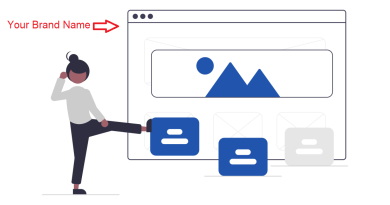5 Deepfake Detection Tools
Last Updated on October 29, 2023
Deepfakes are becoming increasingly realistic and widespread, making it more difficult than ever to tell what is real and what is fake as you may have seen in our recent review of the best deepfake apps. With the emergence of deep fake apps there is also a growing need for deepfake detection tools to counter some of the negative effects of deep fakes.
What is Deepfake Detection and how does it work?
Deepfake detection is the process of identifying and authenticating digital media that has been manipulated using artificial intelligence (AI) to make it appear as if someone is saying or doing something they never did. Deepfakes can be used to create realistic videos and images of people saying or doing things that they never actually said or did, which can be used to spread misinformation, damage reputations, or even commit fraud.
There are a number of different deepfake detection techniques available. Some of the most common techniques include:
Facial Analysis
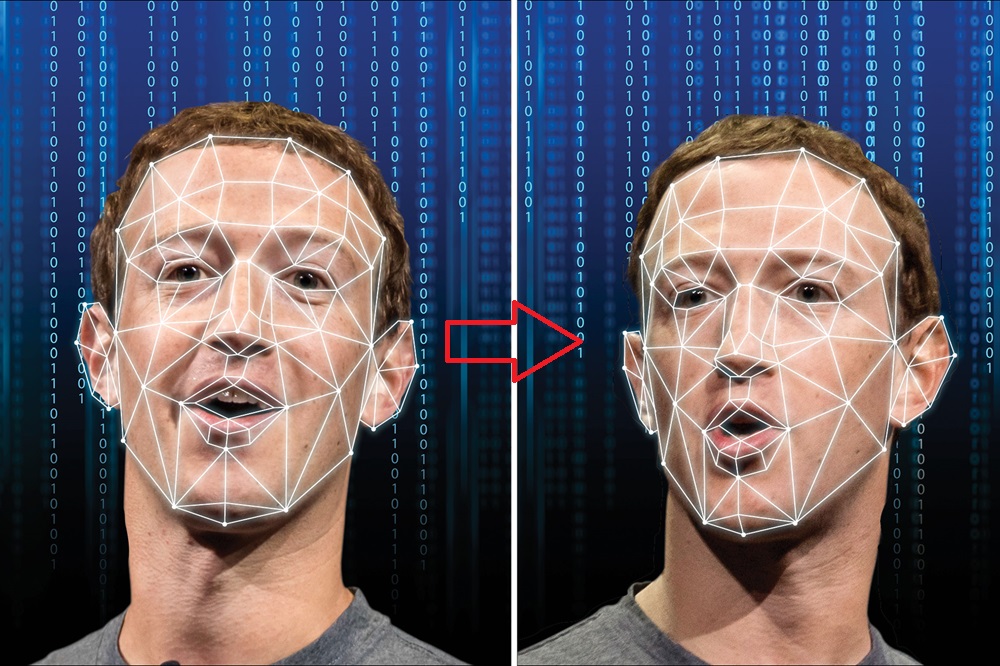
Facial analysis is one of the most common deepfake detection techniques. This technique looks for inconsistencies in facial features and movements, such as unnatural blinking, lip syncing, or head movements. Deepfakes can often be identified by subtle inconsistencies in facial expressions, such as a smile that doesn’t quite reach the eyes.
Lighting Analysis
Lighting analysis is another common deepfake detection technique. This technique looks for inconsistencies in lighting and shadows, which can be a sign that a video or image has been manipulated. Deepfakes can often be identified by inconsistencies in lighting, such as a shadow that falls in the wrong place or a light source that doesn’t exist.
Audio Analysis
Audio analysis is a deepfake detection technique that looks for inconsistencies in audio, such as out-of-sync audio and video or unnatural voice patterns. Deepfakes can often be identified by inconsistencies in audio, such as a voice that doesn’t match the speaker’s face or audio that doesn’t match the speaker’s lip movements.
Deep Learning
Deep learning is a type of AI that can be used to train deepfake detection tools to identify deepfakes with greater accuracy than traditional techniques. These techniques are able to learn the patterns and characteristics of real videos and images, and then use this knowledge to identify deepfakes.
Deepfake detection techniques are constantly evolving as new deepfake technologies are developed. However, the techniques described above are some of the most common and effective deepfake detection techniques available today.
Deepfakes Detection Tools
There are a number of tools available to detect deepfakes. Some of the most popular tools include:
Sentinel
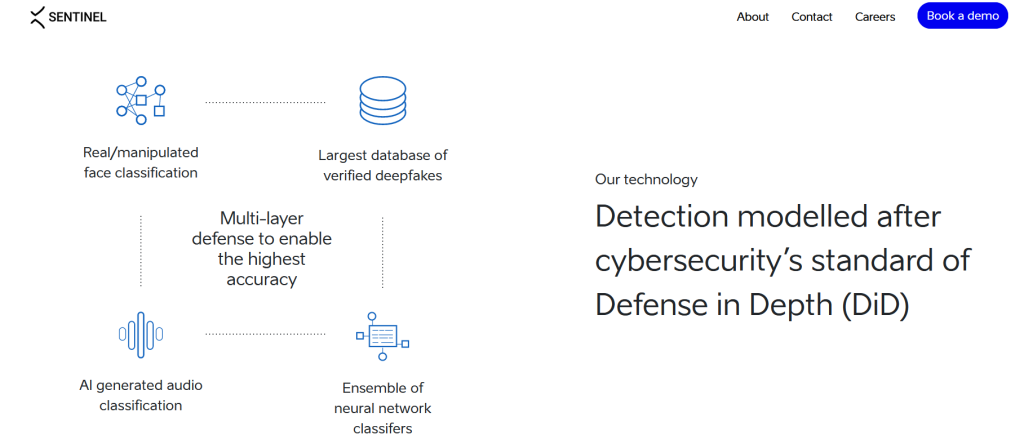
Sentinel is a cloud-based deepfake detection tool that uses AI to analyze videos and images for signs of manipulation. It is one of the most accurate deepfake detection tools available, and its target audience is mainly governments, defence Agencies and Enterprises.
Pricing
Pricing is not publicly shared as the target customers are “big dogs” and pricing is customized per customer.
Deepfakedetector.ai
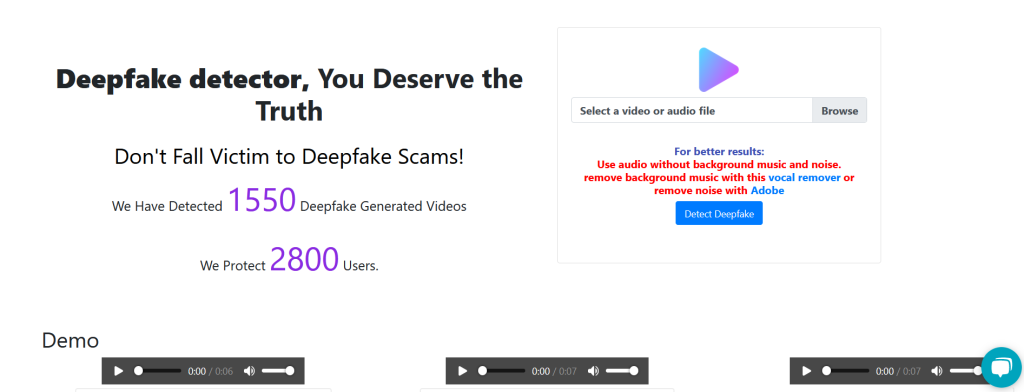
DeepfakeDetector.ai is an easy-to-use service that helps users detect deepfakes with high accuracy. It uses a variety of techniques (as discussed earlier), including facial analysis, lighting analysis, audio analysis, and deep learning, to identify deepfakes.
Pricing
Monthly subscription is required at $17.88 to use the service.
sensity.ai
Sensity.AI develops deepfake detection technology. It is the first company in the world that has commercialized a solution for deepfake detection in 2018. Its algorithms can be used for a wide range of use cases related to forensic checks on any type of audiovisual content. Sensity.AI’s solutions are used by a variety of businesses and organizations, including government agencies, financial institutions, and technology companies.
Intel’s Real-Time Deepfake Detector

Intel’s Real-Time Deepfake Detector is a hardware-accelerated deepfake detection tool that can analyze videos in real time. It is ideal for applications where speed is critical, such as live streaming and video surveillance.
WeVerify
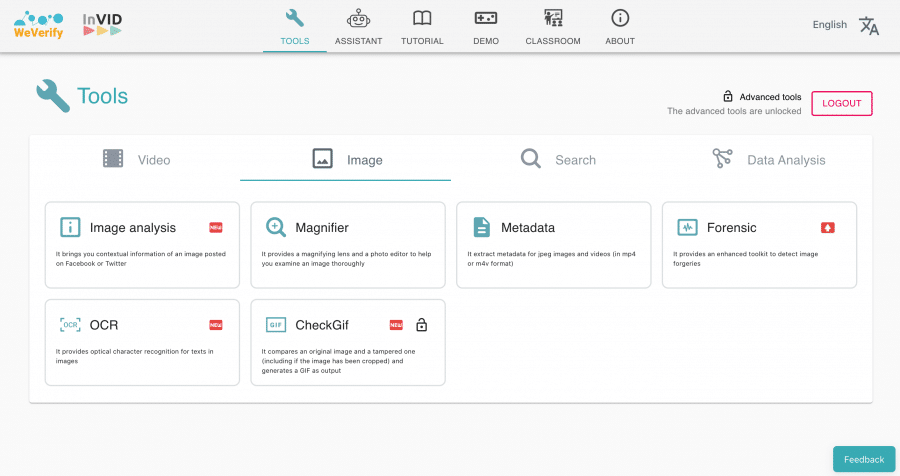
WeVerify is a fact-checking platform that uses a variety of techniques, including deepfake detection, to verify the authenticity of digital media. It is a good option for individuals who want to quickly and easily verify the authenticity of digital media.
Duckduckgoose

Duckduckgoose technology is based on artificial intelligence and machine learning, and it can detect deepfakes with a high degree of accuracy, even when the deepfakes are created using sophisticated techniques.
DuckDuckGoose’s technology is used in a variety of applications, including:
- Fraud detection: DuckDuckGoose’s technology can be used to detect deepfakes that are used to commit fraud, such as identity theft and financial fraud.
- Content moderation: DuckDuckGoose’s technology can be used to detect deepfakes that are used to spread misinformation and disinformation.
- Security: DuckDuckGoose’s technology can be used to detect deepfakes that are used to bypass security measures, such as face recognition and password verification.
Why is Deepfake Detection Important?
First, deepfakes can be used to spread misinformation and disinformation. For example, a deepfake video could be created that makes it appear as if a politician said or did something that they never did. This type of misinformation can have a significant impact on public opinion and elections.
Second, deepfakes can be used to commit fraud. A deepfake video could be created that makes it appear as if someone is saying that they are authorizing a financial transaction. This type of fraud can result in significant financial losses for individuals and businesses.
Third, deepfakes can be used to damage people’s reputations. Thing of a deepfake video that makes it appear as if someone is doing something embarrassing or illegal. This type of deepfake can have a devastating impact on a person’s personal and professional life.
Deepfake detection technology is still in its early stages of development, but it is becoming increasingly sophisticated and effective. As deepfake technology continues to develop, it is likely that deepfakes will become more common and more difficult to detect. This makes deepfake detection more important than ever before.
Here are some specific examples from recent years of how deepfakes have been used to cause harm:
- Deepfake video of Nancy
- Deepfake video of Tom Cruise
- Deepfake video of Ukraine’s President Volodymyr Zelensky
These are just a few examples of how deepfakes have been used to cause harm. As deepfake technology continues to develop, it is likely that we will see more and more examples of deepfakes being used to spread misinformation, commit fraud, and damage people’s reputations.
How to Choose the Best Deepfake Detection Tool
Consider the following factors when choosing a deepfake detection tool:
- Accuracy: How important is it to you to have a highly accurate deepfake detection tool? Some deepfake detection tools are more accurate than others.
- Speed: How quickly do you need to be able to detect deepfakes? Some deepfake detection tools are faster than others.
- Ease of use: How easy is the deepfake detection tool to use? Some deepfake detection tools are more user-friendly than others.
- Cost: How much are you willing to spend on a deepfake detection tool? Some deepfake detection tools are free, while others require a subscription fee.
The Future of Deepfake Detection Tools
Deepfake detection tools are an essential tool for anyone who wants to protect themselves from the harmful effects of deepfakes. With the increasing prevalence of deepfakes, it is more important than ever to have access to reliable deepfake detection tools.
As AI and ML technologies continue to develop, we can expect to see deepfake detection tools that are more sophisticated, effective, accessible, and affordable. The use will be most notable in my opinion at social media platforms, financial institutions, and governments.
FAQ
A deepfake is a video or image that has been manipulated using artificial intelligence to make it look like someone is saying or doing something they never actually said or did. Fake videos, on the other hand, can be created using a variety of techniques, including editing and special effects.
Some common signs of a deepfake include:
Unnatural facial expressions or movements
Blurry or inconsistent lighting
Poor audio quality
Sudden changes in the subject’s appearance
Out-of-sync audio and video
Some of the best deepfake detection tools include:
Sentinel
Intel’s Real-Time Deepfake Detector
WeVerify
Duckduckgoose



